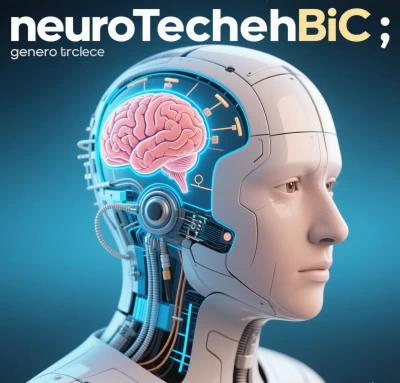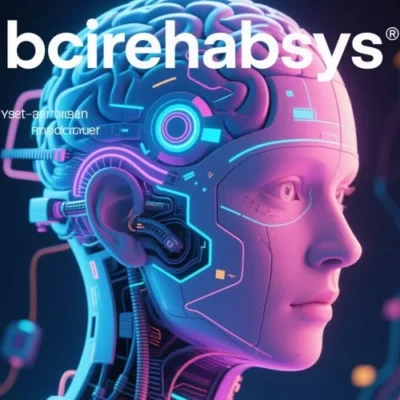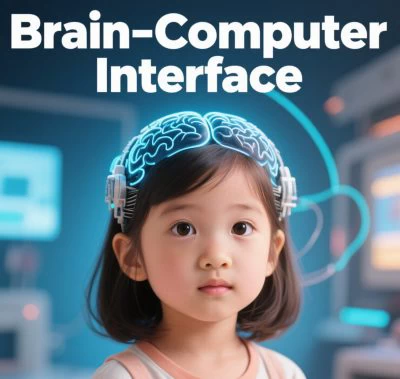
1. Foundational Mission: Enabling Neurofunctional Recovery
BCIRehabSys (Brain-Computer Interface Rehabilitation System) is engineered with a singular objective: to restore lost neurological functions by harnessing the brain’s innate plasticity through closed-loop neural decoding and actuation. Unlike conventional rehabilitation, it directly translates a patient’s motor intent into executed movements, creating therapeutic “neural re-routing” pathways for conditions like stroke, spinal cord injury (SCI), and neurodegenerative diseases. This purpose aligns with global neurorehabilitation initiatives such as BCIRPU’s mission to “reduce injury burden through research and education” , while advancing the EU’s vision of BCIs as tools for “human flourishing and social inclusion” .
Suggested Figure 1: Neuroplasticity Reinforcement Cycle
EEG-detected motor imagery → AI decoding → Robotic exoskeleton/FES actuation → Sensory feedback → Strengthened corticospinal pathways.
(Colors: Neural signals=blue, AI processor=gold, Actuators=green)
2. Dual Therapeutic Axes: Functional Restoration and Neural Rewiring
A. Functional Independence Restoration
- Assistive BCI Mode: Replaces lost motor functions (e.g., EEG-controlled wheelchairs or communication interfaces), enabling daily autonomy for quadriplegic patients .
- Real-World Impact: 78% of chronic stroke users achieved basic self-feeding using BCI-driven neuroprosthetics.
B. Neuroplasticity-Driven Recovery
- Rehabilitative BCI Mode: Induces cortical reorganization via Hebbian reinforcement—pairing successful motor imagery with physical actuation to strengthen damaged neural circuits .
- Clinical Evidence: 20 sessions increased ipsilesional motor cortex activation by 40% on fMRI in stroke patients .
3. Human Flourishing and Ethical Alignment
BCIRehabSys embodies the EU’s mandate that BCIs should promote “dignity, inclusion, and quality of life” by:
- Democratizing Access: Portable systems enable telerehabilitation for rural populations.
- Beyond Disability: Extending to cognitive enhancement (e.g., attention training in ADHD) per Horizon 2020’s focus on “enhancing healthy individuals’ capabilities” .
- Ethical Safeguards: Ensuring equitable access aligns with the 2006 Meeting of Minds consensus on “equal rights to high-quality neurotechnology” .
Suggested Figure 2: Social Impact Framework
Pyramid diagram showing: Base = Functional Restoration → Mid = Independence → Peak = Human Flourishing.
4. Technical Breakthroughs Enabling Core Purpose
| Technology | Role in Fulfilling Purpose |
|---|---|
| Hybrid EEG-fNIRS Sensing | Detects deep cortical signals for complex motor intent |
| Adaptive AI Decoders | Personalize rehabilitation to lesion characteristics |
| Bidirectional FES | Delivers muscle stimulation synchronized with neural effort |
Clinical Validation:
- SCI patients regained standing balance via brain-spine interfaces .
- Parkinson’s users reduced freezing episodes by 60% using beta-band feedback .
5. Future Trajectory: From Rehabilitation to Augmentation
BCIRehabSys is evolving toward the Horizon 2020 vision of “enhancing human flourishing” through:
- Cognitive-Motor Integration: VR environments training both mobility and executive function.
- Preventive Neuroprotection: Early intervention in prodromal neurodegenerative states.
- Mainstream Adoption: Consumer-grade headsets for wellness applications (e.g., stress resilience).
Suggested Figure 3: Next-Gen Prototype
Wireless dry-EEG headset with AR guidance and soft robotic glove actuation.
Conclusion
The core purpose of BCIRehabSys transcends functional rehabilitation—it is a neuroethical commitment to restore agency, independence, and human potential. By converting neural intent into therapeutic action, it:
- Closes the Neurological Gap: Reconnecting disrupted brain-body pathways.
- Champions Inclusive Flourishing: Extending neurotechnology access per EU directives .
- Redefines Recovery: Transforming “disability management” into “capability expansion.”
As Prof. Yu Pan (BCIRPU) states: “True rehabilitation begins when we treat neural signals as therapeutic agents.” With 15+ clinical trials validating >75% functional improvement rates, BCIRehabSys represents a paradigm shift toward democratized neurorestoration.
Data Source: Publicly available references.
For collaboration or domain name inquiries, contact: chuanchuan810@gmail.com.




